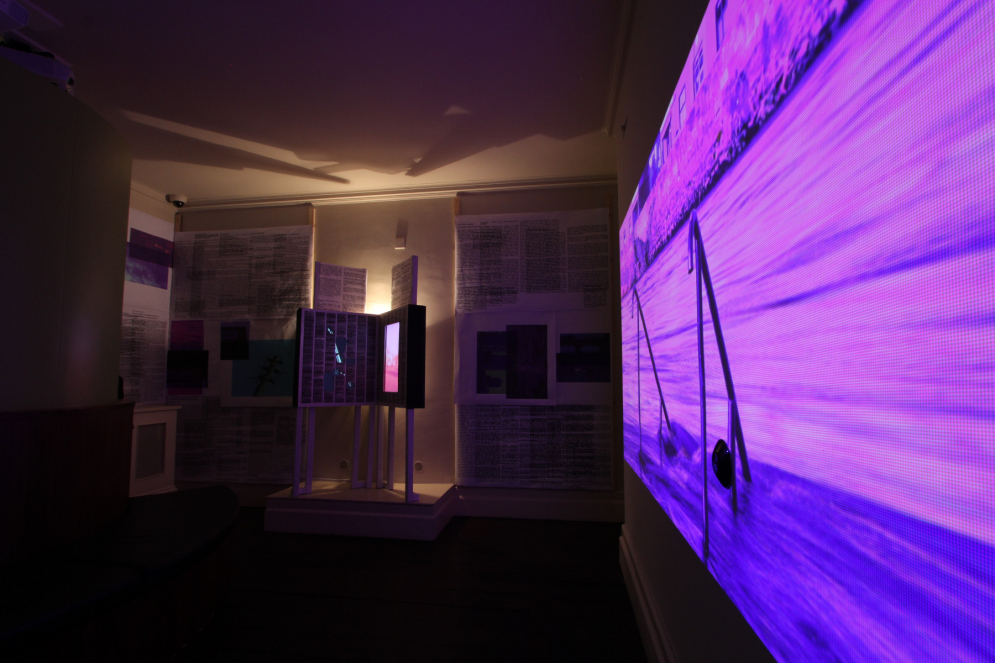Watch as 2022 Decade of Centenaries Artist in Residence Shane Finan discusses his work with the Jackie Clarke Collection. Shane was artist in residence from May to November 2022. Over the six months, he used the collection to develop a new art installation, Assembly.
Drawing from printed materials (newspapers, leaflets, autograph books) and the idea of technology as a device for how stories are spread, he has created a new art installation that has taken over the Memory Room in the collection museum in late 2022 until the end of 2023. In this interview, commissioned by the Jackie Clarke Collection to celebrate their 10-year anniversary, Shane describes the creative process and his engagement with the collection and the people of Ballina to create his own story.
The residency was supported by Mayo Arts Office and the Department of Tourism, Culture, Arts, Gaeltacht, Sport and Media under the Decade of Centenaries Programme. The video was created by Anula Productions.



